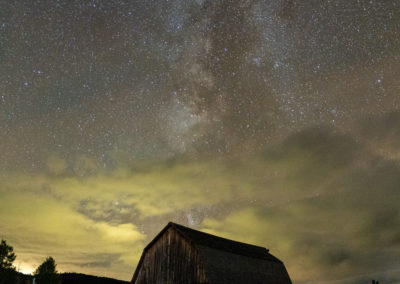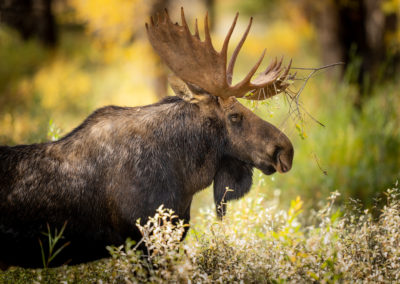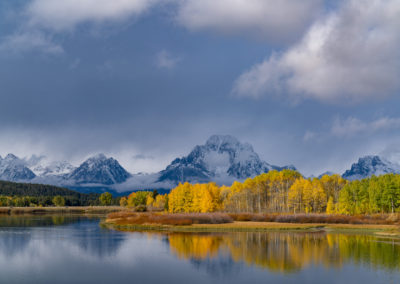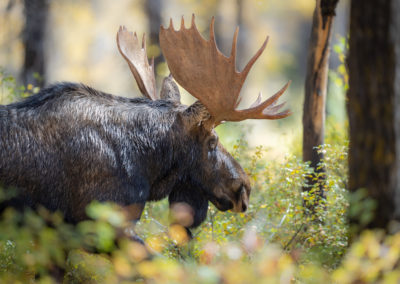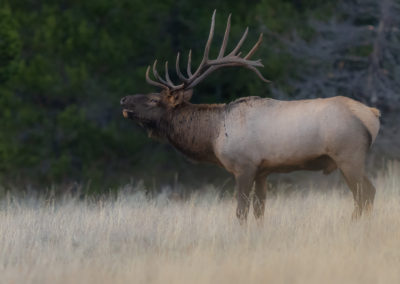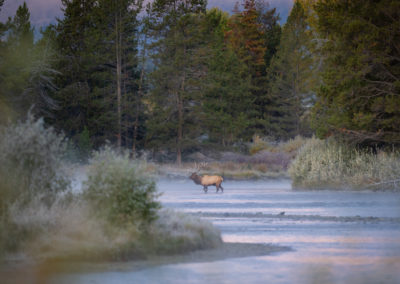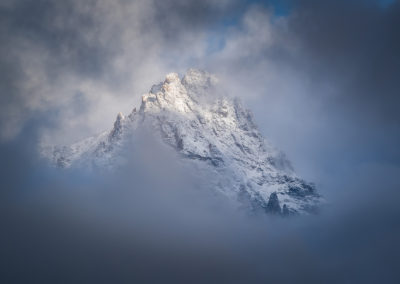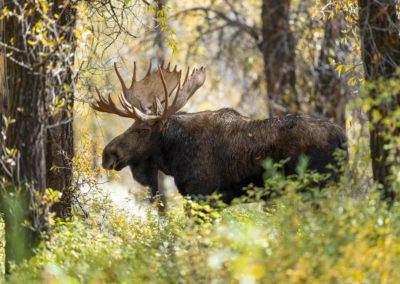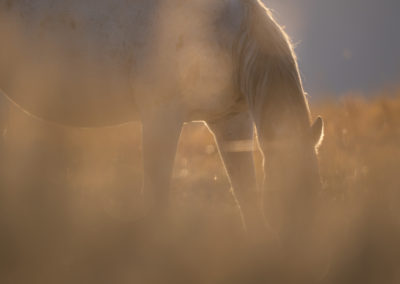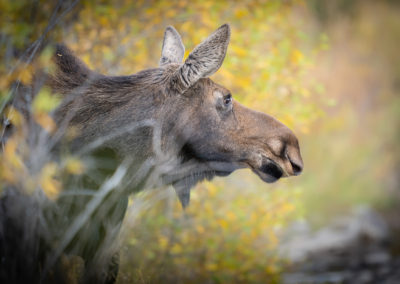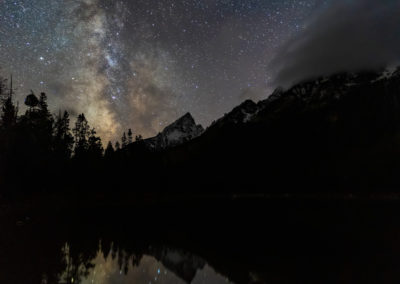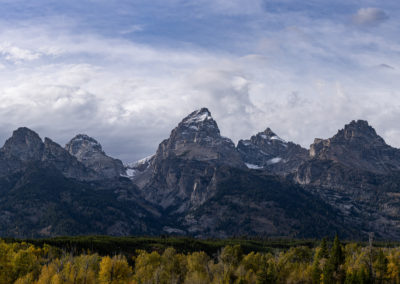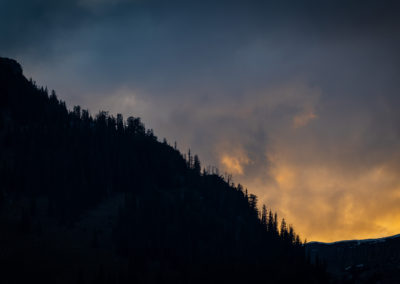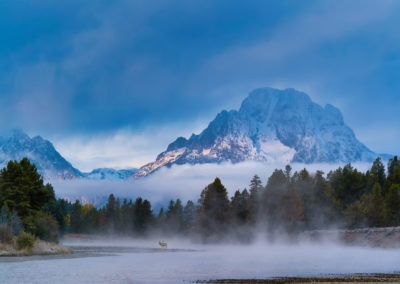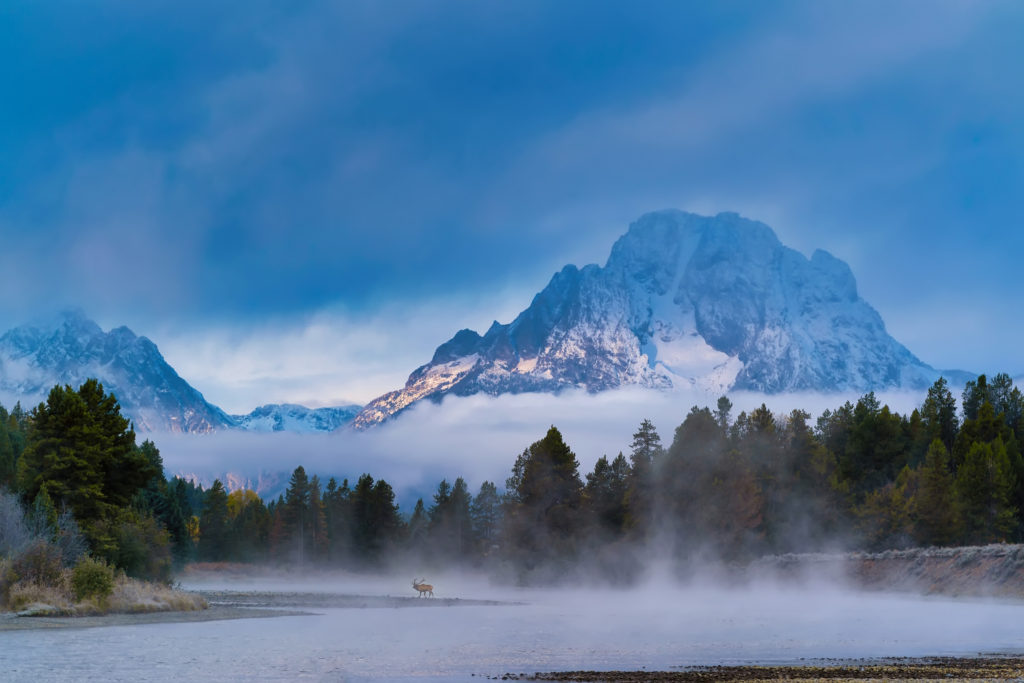
I recently spent a week in Grand Teton National Park. For the past 6 years I have led photography tours in the park with Aaron’s Photo Tours. This year was the first year that we did not lead the tour, but Grand Tetons in the fall is a sort of mental health retreat for me, as it is a time to recharge my soul. Honestly, I don’t know what I would do without that time in this magical place.
This year the fall color was spectacular. In the years past, it always seemed like I just miss peak fall color, and I couldn’t have been happier to experience it this year with the new Sony a7R mark IV and the new Sony 400mm f2.8 lens.
In the past, my go to set up for this trip was the Nikon D850 with the 500mm f4 lens, but I recently got rid of that and added the 400mm to my Sony setup, including the a9 and a7R mark IV. The 400mm, which I thought would primarily stay on the a9 for the speed, had the 1.4x teleconverter on it almost the entire trip, taking the focal length to a 560mm f4. I also had the 2x teleconverter, which took it to a 800mm f 5.6, which is not bad at all when you need that distance. However, I didn’t need it much, especially with the a7R mark IV, due to that amazing 60MP sensor.
I initially thought that I would use the a7R4 for landscapes and some nightscapes, but after shooting with it, I primarily used it for the entire trip. In fact, for almost the entire trip, the a9 had the 70-200mm f2.9 on it and rarely got used.
I really liked the new form factor of the a7R4, with it’s beefier grip, and I also liked the lock on the exposure wheel on the top of the body. The images were superb, and the AF was fast. I also got to see the new animal eye AF in action, and it worked great, even at good distances.
As far as the menu system, there are a few things that I was glad to see from the a7R3, including the addition of the interval shooting menu, which allows you to shoot with an internal intervalometer, the addition of the full time eye AF, which you can choose between human and animal, and the addition to be able to change your focus frame to red. This was great and made it a lot easier to find that focus point in the viewfinder. You can also circulate the focus frame, which made it much easier and faster to move the focal point around the image.
Another additional change in the menu options was the addition of the new pixel shift technology, which allows you to take 16 images to be combined into one 240MP photo. I personally don’t see a huge need for this, unless you were shooting certain photography, because you have to have a tripod, and you have to be shooting something that has no movement. Landscapes it might work good on, but you generally have some sort of movement in water, leaves, etc.
I was disappointed with the video, in the fact that you can’t shoot 4k 60fps, but the 4k 30fps video was good. And, with the S&Q settings, I could set that mode to shoot 1080 120fps, and switching the top mode dial made it easy to get slow motion footage. Below is a video highlight from the trip. I also used the iPhone 11 Pro for some of the footage, I am sure you will be able to see the different footage.

